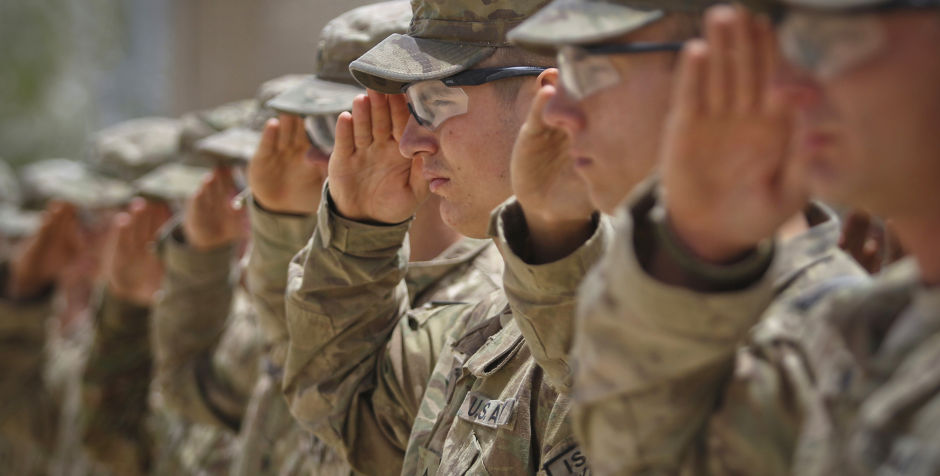U.S. Army: 240 Years Defending Our Freedom
With roots going back to the Continental Army, the United States Army celebrates its 240th anniversary on June 14, 2015. The oldest and largest of our armed services, the Army is the world’s premiere fighting force. Its mission is “to fight and win our Nation’s wars by providing prompt, sustained land dominance across the full range of military operations and spectrum of conflict in support of combatant commanders.”
The Continental Congress created the Continental Army on June 14, 1775, to fight the British in our War of Independence. George Washington was appointed its first commander. By fighting a war of attrition with the use of guerilla/hit-and-run tactics, the Continental Army was able to defeat what was then the most powerful military force in the world, thereby securing our birth as a nation.
After the Revolutionary War, the Continental Army was disbanded because there was a distrust of standing armies based on our experiences with the British. State militias remained. As we grew as a nation, however, it was realized that we needed a standing army in addition to State militias. In 1791, the army was re-established (then called the Legion of the United States), and it was renamed the United States Army in 1796.
In 1801, President Thomas Jefferson directed that the Army post at West Point, New York, be turned into the United States Military Academy. Since its creation in 1802, the United States Military Academy has been producing junior Army officers (Second Lieutenants). Graduates of the school include Ulysses S. Grant, John Pershing, Dwight D. Eisenhower, and Norman Schwarzkopf.
Beginning in 1916, shortly before our involvement in the First World War, the need for more junior officers was met through the creation of the Reserve Officers’ Training Corps (ROTC) on many college campuses. One of the more famous ROTC graduates was George Marshall, an alumnus of the Virginia Military Institute (VMI) and a Nobel Prize Winner who, as Secretary of State, oversaw the rebuilding of Europe after World War II in what became known as the Marshall Plan.
With the start of World War II, additional junior officers were developed through the newly established Officer Candidate School (OCS). Notable individuals such as National Review founder William F. Buckley, Jr. became Second Lieutenants in the Army by completing OCS training.
During the history of the Army, enlisted soldiers included those who volunteered or were drafted. In 1973, the Army (as did the other armed services) became all-volunteer.
The Army is currently made up of three components. Active duty soldiers comprise the Regular Army and part-time soldiers comprise either the Army National Guard or the Army Reserves. Members of the National Guard are also members of the State militias. When not called into actual service of the United States, where they would be under the command of the President, National Guard units are commanded by the governors of the various states and territories where the units are located. The D.C. National Guard is under the command of the President or his designee.
The Army is presently divided among the combat arms branches (e.g., Infantry), the combat support branches (e.g., Signal Corps), the combat service support branches (e.g., Nurse Corps), and the special branches (e.g., General Staff Detail).
There are around one million soldiers now serving in the Regular Army, National Guard, and Reserves.
The Army has been faithfully fighting to preserve the American way of life for 240 years. We are fortunate to have it, along with our other armed services, constantly standing guard.
